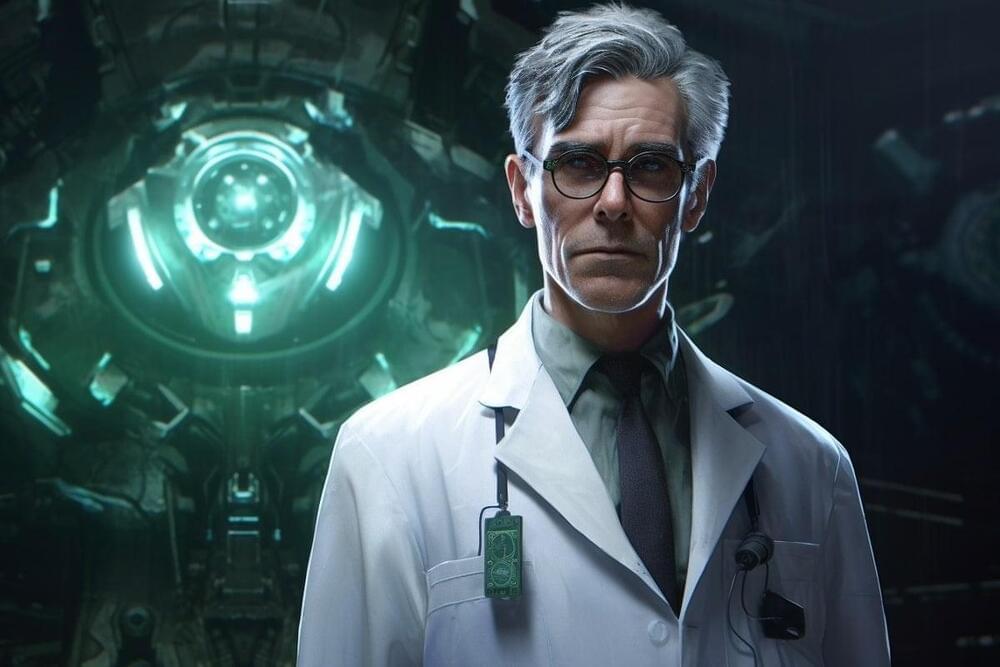The AI Act could be set in motion as early as the end of the year.
On Wednesday, the European Parliament voted on its negotiating position on the Artificial Intelligence (AI) Act with 499 votes in favor, 28 against and 93 abstentions, according to a press release by the organization.
The statement said that “the rules would ensure that AI developed and used in Europe is fully in line with EU rights and values including human oversight, safety, privacy, transparency, non-discrimination and social and environmental wellbeing.”
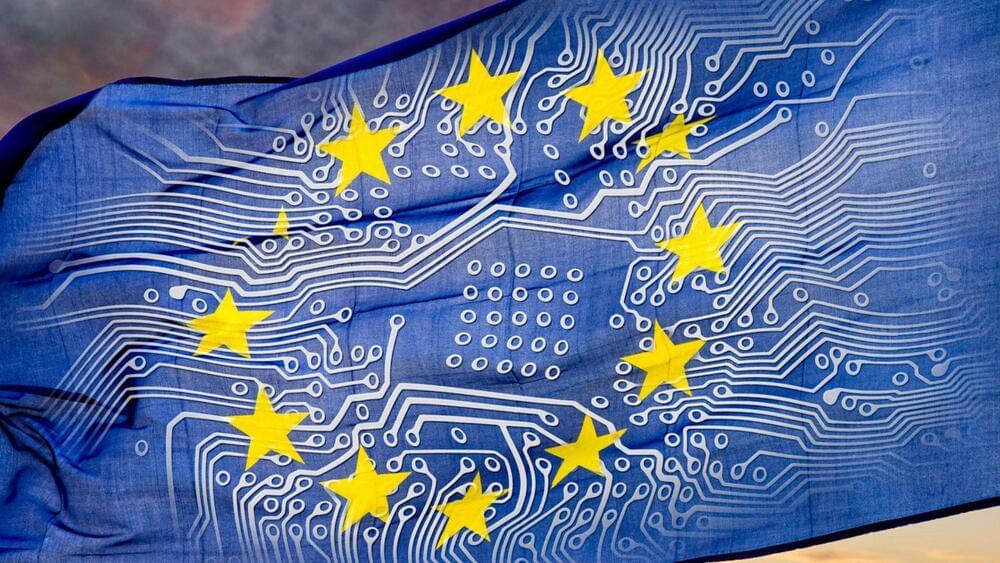

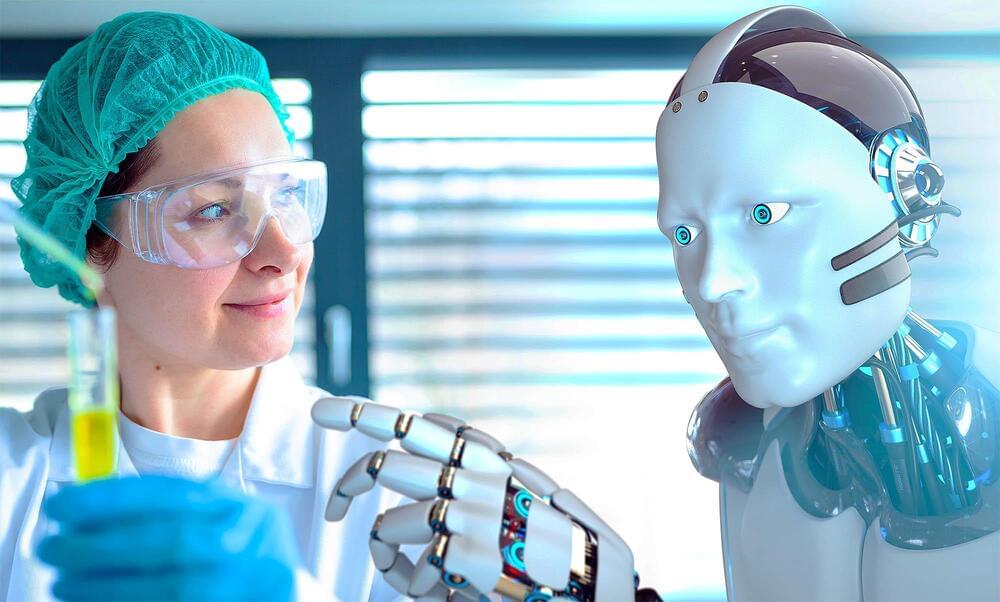
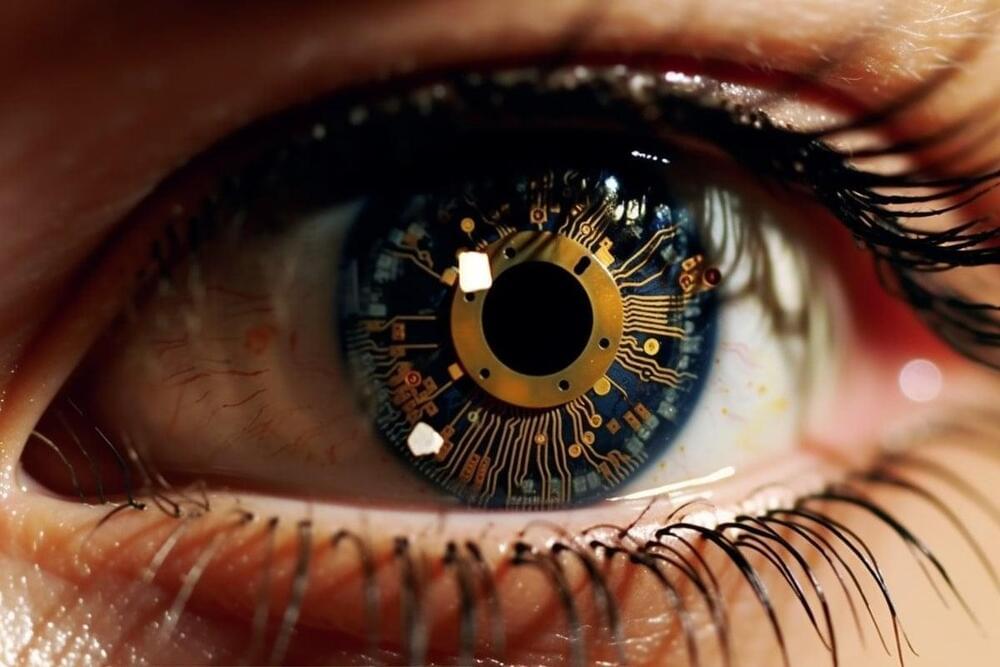
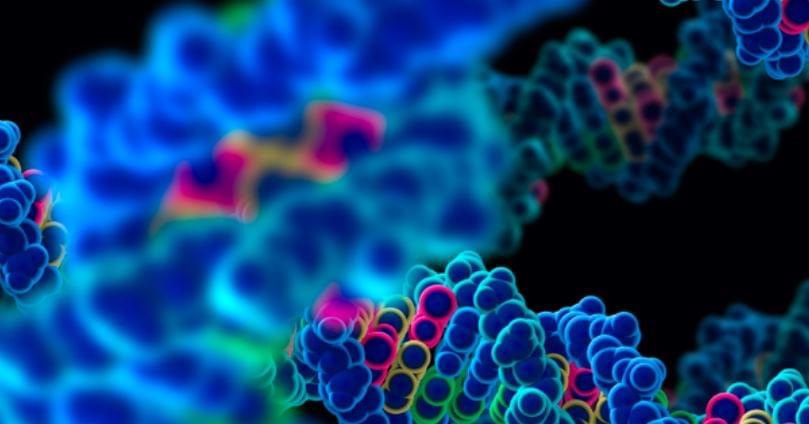
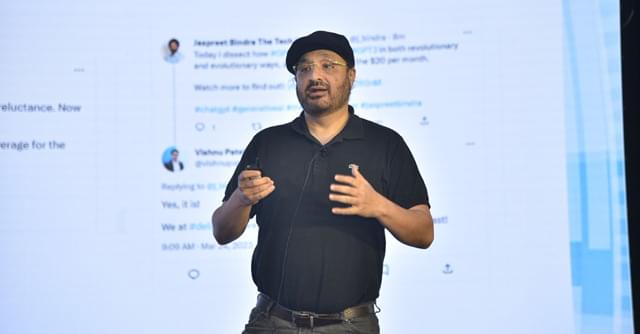
 Generative artificial intelligence (AI) has put AI in the hands of people, and those who don’t use it could struggle to keep their jobs in future, Jaspreet Bindra, Founder and MD, Tech Whisperer Lt. UK, surmised at the Mint Digital Innovation Summit on June 9.
Generative artificial intelligence (AI) has put AI in the hands of people, and those who don’t use it could struggle to keep their jobs in future, Jaspreet Bindra, Founder and MD, Tech Whisperer Lt. UK, surmised at the Mint Digital Innovation Summit on June 9.